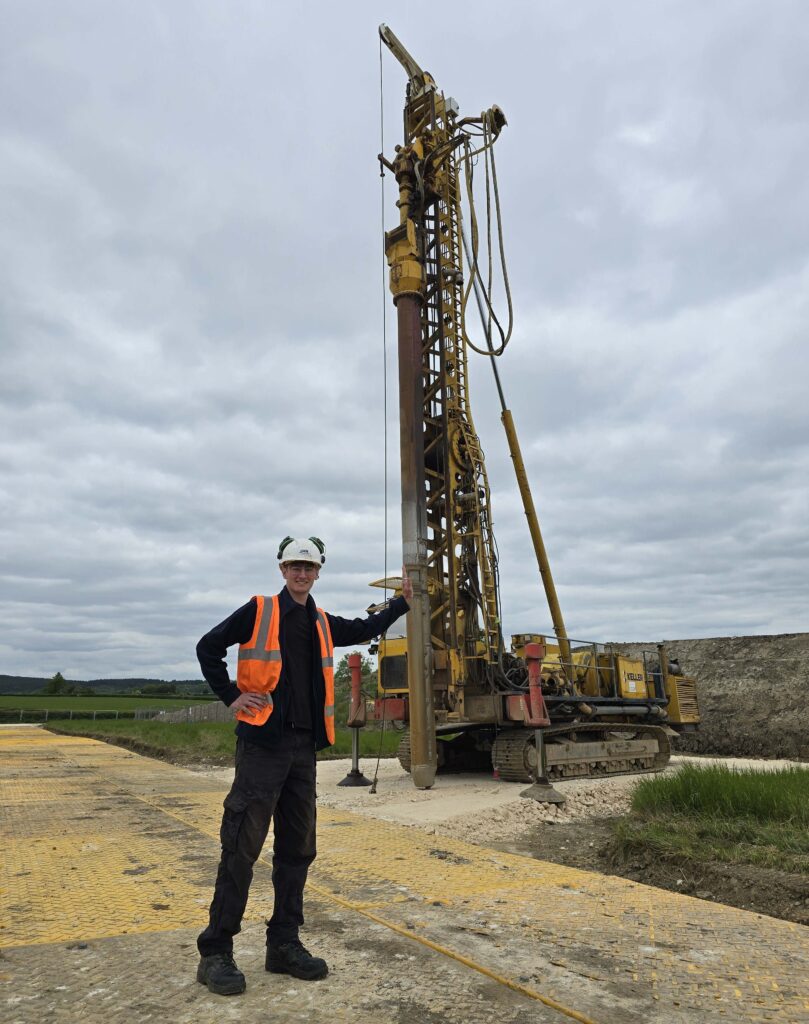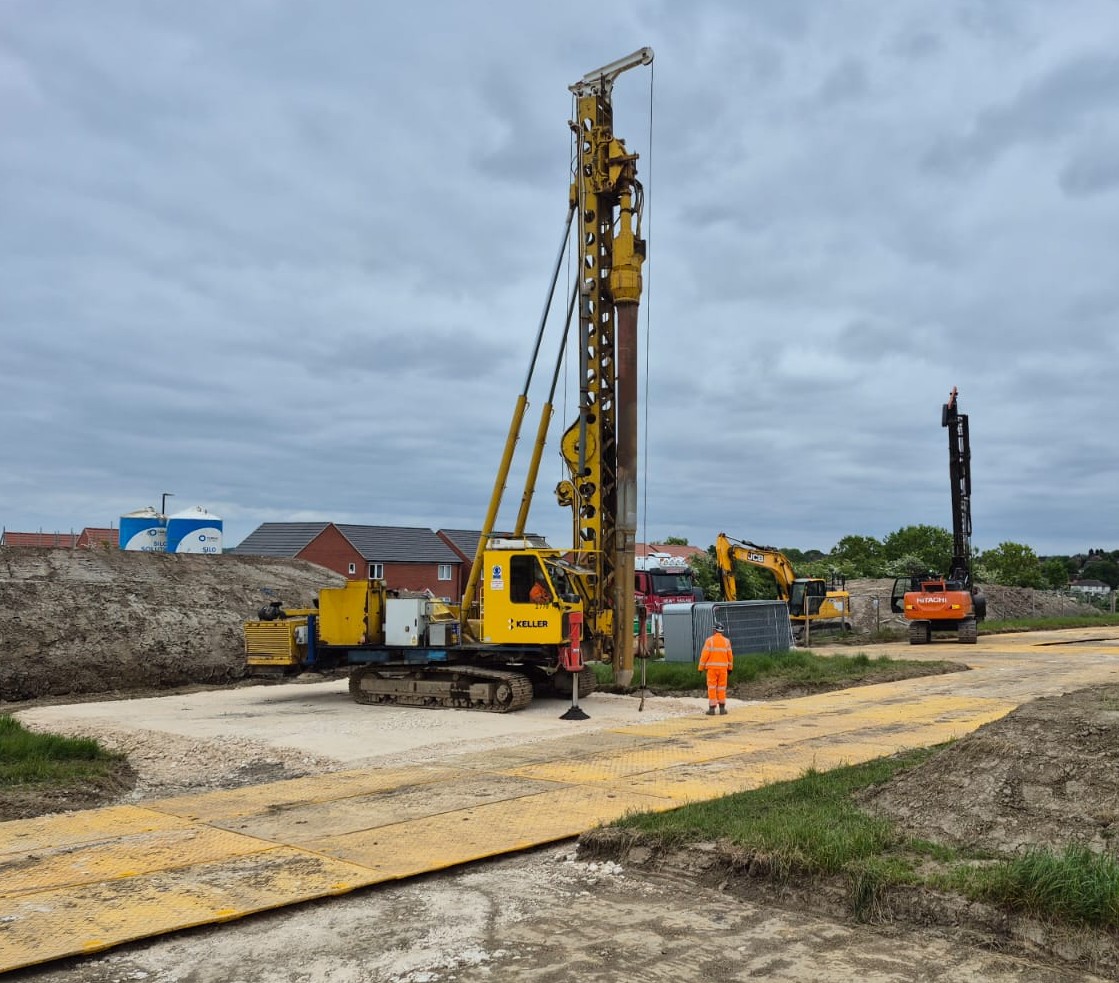Finding cost-effective solutions to complex ground workings is a speciality of the team at GRM. This is aided by the wide range of experience and technical expertise, which means that collaborative in-house knowledge sharing is very much the norm for many client projects.
One ongoing example is a housing development that is being built on land with historic mine workings, including a backfilled opencast coal mine that is up to 16m deep in places. There is also a worked coal seam and several recorded mine entries at and below the base of the opencast.
GRM was initially asked to undertake a peer review, following which we produced our own report, considering potential alternative foundation solutions. Further work included drilling to locate the recorded shafts and cable percussive boreholes to obtain geotechnical information to inform cost-effective foundation solutions and estimate potential settlement.
Due to the deep quarry backfill and a worked coal seam it was considered that rafts sat on a mixture of full and partial depth vibro stone columns would represent a more economical alternative to piles. The additional geotechnical data from cable percussive boreholes was then used to provide an estimate of potential settlement and to design zone load tests and the haul road for the vibro-rig. The NHBC required the zone load testing to demonstrate that settlements will be within acceptable limits.
The zone load testing is currently underway and involves the construction of six test pads, three of which have vibro stone columns installed to depths ranging between 5.5m and 8.5m, onto which the groundworker cast reinforced 3m x 3m concrete slabs. The remaining test locations will comprise slabs cast directly onto the backfill material to demonstrate the improvement offered by the stone columns.

Cameron just couldn’t resist a ‘Leaning Tower of Pisa’ pose!
Once the concrete has cured in a couple of weeks, the groundworker will progressively apply concrete kentledge blocks in three stages. They’ll survey the slabs from fixed reference points to measure settlement until the rates are low enough to apply the next load, up to a maximum of approximately 50 kN/m². We can then provide the NHBC with a report detailing the findings and demonstrating that our proposed cost-saving solution is acceptable. We will keep you updated!
If you have any development or construction projects, then please get in touch to find out how we can help save both time and costs. Please use your main point of contact at GRM or for new enquiries email richard.upton@grm-uk.com or call 01283 551249.


